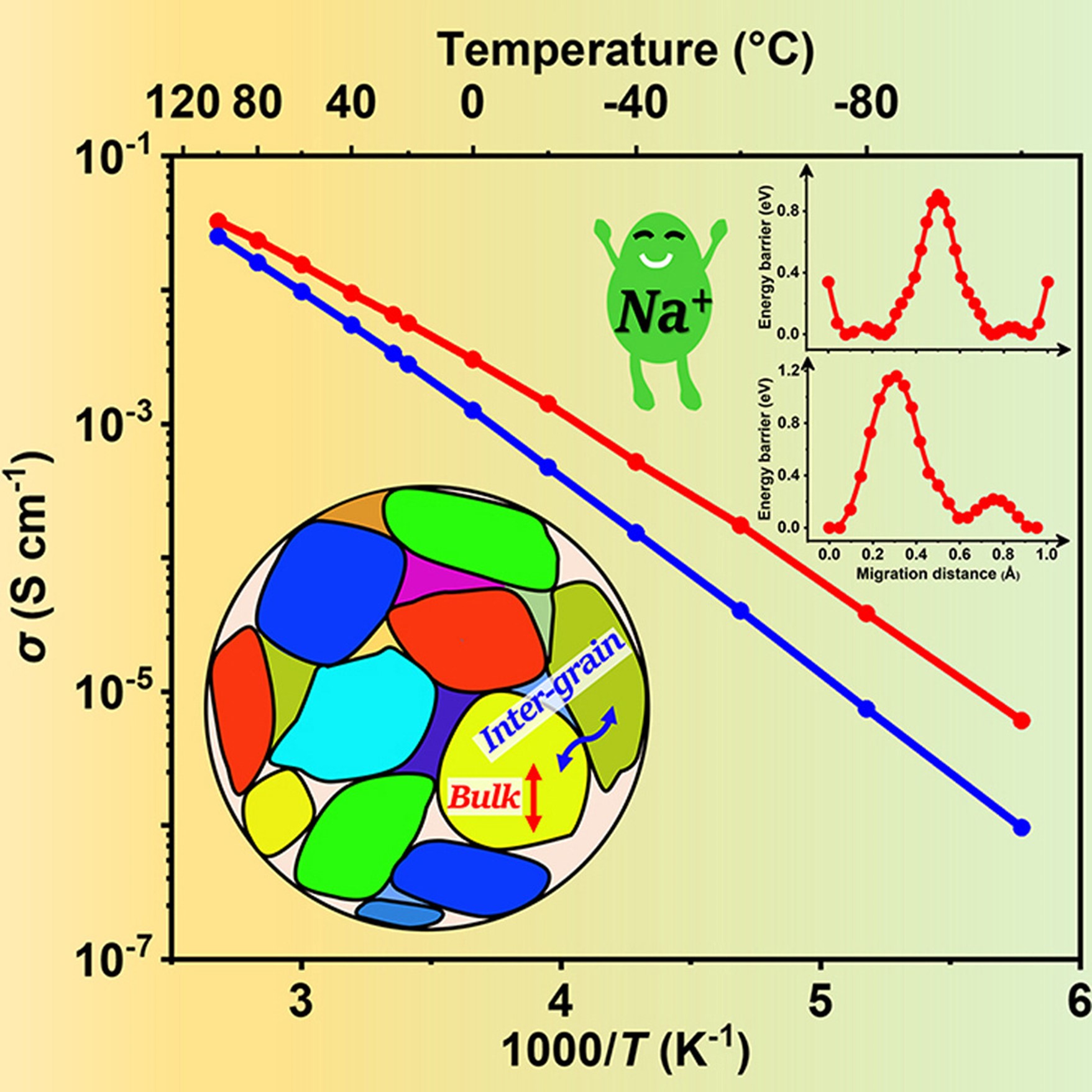A paper describing the results appeared in the journal Circular Economy on 19 May 2022. (DOI 10.1016/j.cec.2022.100003)
Circular economy remains the following challenges and opportunities in implementing and enforcing international policies across national boundaries.
Controlling toxic releases across material lifecycles. Despite attempts to use policies and economic incentives to avoid toxic releases and exposures during the lifecycle of such products, fugitive emissions occur and vulnerable populations and environment are impacted adversely. Insufficient investments in environmental protection in low- and middle-income countries have resulted in a high burden of toxic pollution-related mortality rates. Therefore, it may be more desirable to eliminate some toxic materials from the circular economy of products to avoid the disincentive of diminishing returns on investments in collection and recycling. Another vital aspect of circular economy is the issue of mixing materials in recycling which can compromise the quality of the products.
International flow of materials and products. The illegal transboundary flow of e-waste occurred frequently in the 2000s from affluent industrialized nations to poorer countries. The improper recycling in poverty regions resulted in disastrous environmental quality and public health consequences. The sustainability of long-distance transportation of materials and waste are depending on fluctuations of transportation cost, potential for leakage, energy expenditure, carbon footprint, and supply chain logistics. Thus, lifecycle thinking includes acknowledgment of trade-off subject to subjective values of stakeholders within the circular economy.
Harmonization of international policies and regulation. Globally, the Basel Convention focus on protecting human health and the environment against the adverse effect of hazardous wastes, which were notoriously and unfairly traded across national boundaries due to the imbalance and diversity of policies. The EU, Japan, and China are leading in e-waste regulation and policy, but most countries with economies in transition are still in the early stages. Within individual countries such as China, regulation and policy have stipulated the rigorous governance for products and components. Two major gaps exist in the existing regulation: lack of adequate attention to the recovered materials and substances and no control of substances to avoid toxic metals which are manufactured in new products.
Classification of anthropogenic resources. Secondary raw materials from anthropogenic resources are getting more attention in the context of climate protection and circular economy. The initiatives for classifying anthropogenic resources facilitate the development of recovery projects but are challenged by essential differences between natural and anthropogenic resources. In analogy to geogenic resources, the classification of anthropogenic resources enables comparable estimates of anthropogenic and geogenic resource availabilities. It facilitates sustainable recovery project development and national resource management if environmental, social, and governance criteria are considered. These factors can be integrated into the United Nations Framework Classification (UNFC) in order to communicate the viability of recovery projects to governments, investors, industry, and the public.
Although spatiotemporal, geographic, and international dimensions pose major challenges to the effectiveness of circular economy, there are opportunities to transition from a linear model of material and energy flows, including innovations in technology and policy capacities. Despite many economic, environmental, and social challenges, the harmonization and compatibility of regulations and policies among the countries, regions, and even provinces are needed in the circular economy policy support framework so that the updating and revising of circular economy implementation in the US, the EU, Japan, and China can be achieved without delay.
###
About Circular Economy
Circular Economy is an international journal serving as a sharing and communication platform for novel contributions and outcomes on innovative techniques, systematic analysis, and policy tools of global, regional, national, local, and industrial park’s waste management system to improve the reduce, reuse, recycle, and disposal of waste in a sustainable way.
Circular Economy is a fully open access journal. It is co-published by Tsinghua University Press and Elsevier, and academically supported by the School of Environment, Tsinghua University, and the Circular Economy Branch, Chinese Society for Environmental Sciences. At its discretion, Tsinghua University Press will pay the Open Access Fee for all published papers from 2022 to 2024.
About Tsinghua University Press
Established in 1980, belonging to Tsinghua University, Tsinghua University Press (TUP) is a leading comprehensive higher education and professional publisher in China. Committed to building a top-level global cultural brand, after 41 years of development, TUP has established an outstanding managerial system and enterprise structure, and delivered multimedia and multi-dimensional publications covering books, audio, video, electronic products, journals and digital publications. In addition, TUP actively carries out its strategic transformation from educational publishing to content development and service for teaching & learning and was named First-class National Publisher for achieving remarkable results.



